Choosing the Right Mexican Red Knee Tarantula Cage
Setting up a proper cage is crucial for the health and well-being of your Mexican Red Knee Tarantula (Brachypelma hamorii). This comprehensive guide will walk you through every step, from selecting the right size and material to creating an ideal environment and maintaining it. A well-designed cage provides security, regulates temperature and humidity, and allows for natural behaviors like burrowing and hiding. Neglecting these aspects can lead to stress, illness, or even premature death of your tarantula. Understanding the specific needs of your tarantula is the foundation of successful tarantula keeping. Choosing the right cage is the very first and the most important step to ensuring a long and healthy life for your pet. This guide will give you all the information you need to get started.
Cage Size and Dimensions
The size of the cage is a fundamental consideration. A cage that’s too small can restrict movement and cause stress, while one that’s excessively large can make it difficult for the tarantula to find food and feel secure. The cage should provide enough floor space for the tarantula to move around comfortably and enough height for substrate depth and to accommodate any decor like hides or branches. The dimensions depend on the size of the tarantula, but it’s always best to err on the side of giving them more space. Remember, a happy tarantula is a healthy tarantula, and a proper enclosure is one of the major keys to ensuring their happiness.
Minimum Recommended Cage Size
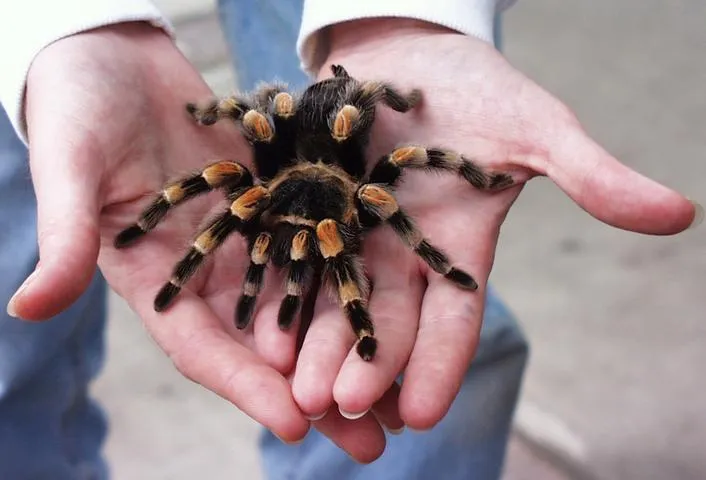
For a juvenile Mexican Red Knee Tarantula, a cage measuring 10 gallons (approximately 20 x 10 x 10 inches) is generally suitable. As the tarantula grows, the cage size should increase accordingly. A full-grown adult Mexican Red Knee Tarantula will need a cage that’s at least 20 gallons (approximately 24 x 12 x 12 inches). However, a larger enclosure is often preferred, especially if you plan to include substantial decor or a deep substrate layer. The key is to ensure the tarantula has ample space to move around and establish its territory. Remember to consider the leg span of your tarantula as a good indicator of the space it will need to move and grow. It’s always better to give them a little more space than they need.
Factors Affecting Cage Size
Several factors influence the ideal cage size. The tarantula’s size, of course, is paramount. The amount of substrate you intend to use will impact the height needed. Also, the amount of decor (hides, branches, etc.) you wish to include will dictate the overall space required. Consider the tarantula’s burrowing behavior; a deeper substrate requires more vertical space. Female tarantulas, which are generally larger than males, will require a larger enclosure. Make sure to account for any potential growth when selecting the size. A well-planned cage provides an enriched environment and promotes the tarantula’s overall wellbeing and encourages natural behaviors.
Cage Material Selection
The material of the cage is another important consideration. The most common choices are glass and acrylic. Each has its advantages and disadvantages, which will affect your decision-making. The primary goals when selecting a cage material are to provide security for the tarantula, ease of maintenance, and good visibility. The material must also be non-toxic and able to withstand the temperature and humidity conditions required for the tarantula to thrive. Consider the long-term benefits and drawbacks of each option and choose the one that best fits your lifestyle and the tarantula’s needs.
Glass Cages
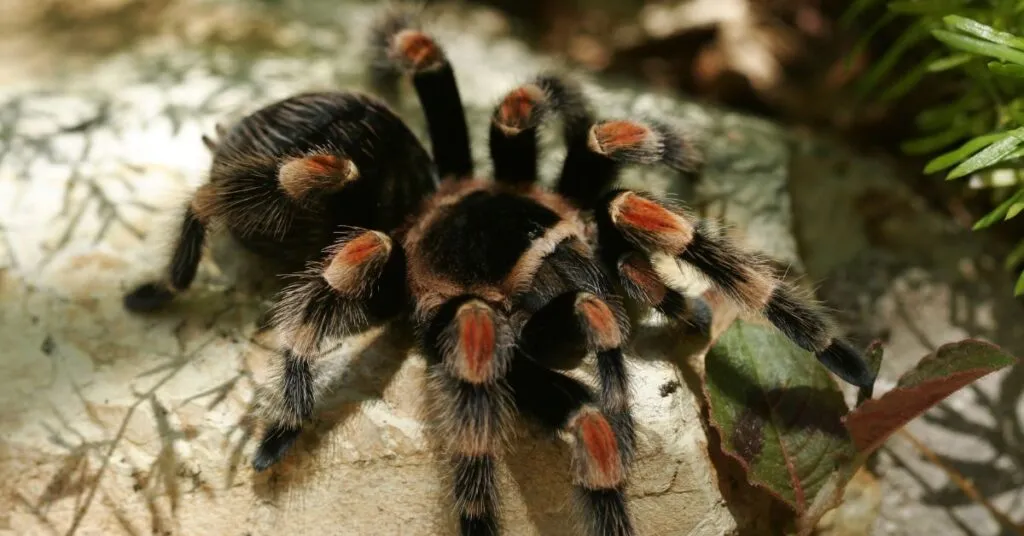
Glass cages are widely available and offer excellent visibility, allowing you to easily observe your tarantula. They are also relatively easy to clean and maintain. However, glass can be heavy and can be prone to shattering if dropped. Glass cages often have mesh tops, which can provide good ventilation but may also allow for the escape of fruit flies if you are using them as a food source. Always ensure the mesh is secure and that your tarantula cannot squeeze through the gaps. The reflective surfaces of glass can sometimes stress tarantulas, so consider providing plenty of cover and hiding places within the enclosure. Ensure the glass is thick enough to withstand the heat from any supplemental heating you may use.
Acrylic Cages
Acrylic cages are lightweight, durable, and provide excellent clarity. They are also less likely to shatter than glass, making them a safer option. Acrylic is an excellent insulator, which helps maintain consistent temperatures and humidity levels. However, acrylic can scratch easily, so be careful when cleaning the cage. Acrylic cages often come with built-in ventilation, which can provide better control over airflow and humidity. They can be more expensive than glass cages, but their durability and ease of use often make them a worthwhile investment. Acrylic is also an excellent material for DIY projects if you are considering building your own enclosure.
Ventilation and Airflow
Proper ventilation is crucial for the health of your tarantula. Stagnant air can lead to the buildup of mold and bacteria, which can be harmful. The cage should provide sufficient airflow to prevent these issues while also maintaining the required humidity levels. A balance between ventilation and humidity retention is essential for creating a healthy environment. Good ventilation ensures the tarantula receives fresh air and minimizes the risk of respiratory problems or other health issues. Ventilation is often achieved through a combination of openings, mesh tops, and careful placement of the enclosure.
Importance of Proper Ventilation
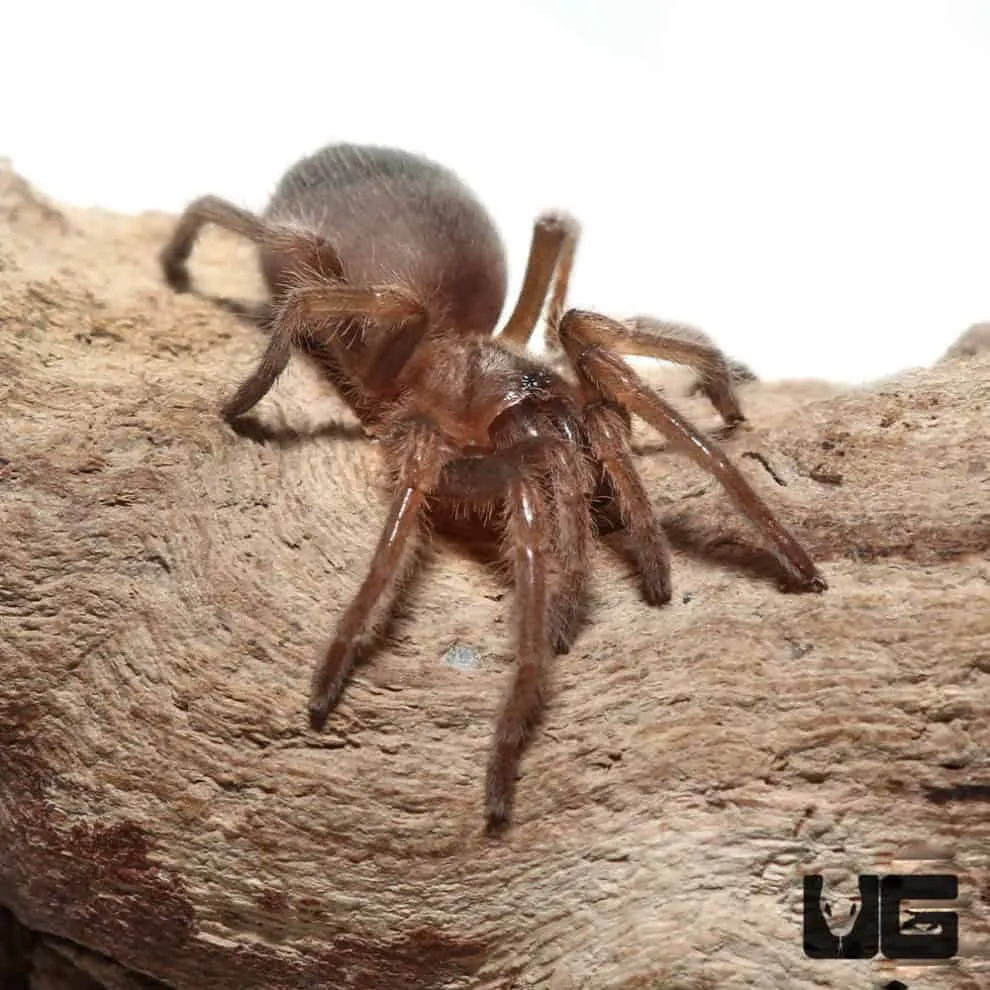
Inadequate ventilation can lead to various health problems for your tarantula. These include fungal infections, respiratory issues, and overall stress. The buildup of ammonia from waste products can also be detrimental. Proper airflow helps to remove these harmful substances and maintains a clean and healthy environment. It also prevents condensation buildup, which can promote mold and bacteria growth. A well-ventilated cage promotes the tarantula’s wellbeing and ensures a longer, healthier life. Good ventilation is an essential component of any tarantula cage setup.
Ventilation Methods
Ventilation is often achieved through a combination of a mesh top and ventilation holes on the sides of the enclosure. The mesh top allows for airflow while preventing the tarantula from escaping. Ventilation holes should be placed strategically to ensure adequate air circulation without excessive moisture loss. The placement of the ventilation holes is critical, and should be designed to create a natural airflow throughout the enclosure. In some cases, you may need to adjust the size or number of ventilation holes to regulate humidity levels. Monitor the humidity levels carefully and adjust the ventilation as needed. Ensure the ventilation system is well-maintained and free of obstructions.
Setting Up the Cage Environment
Creating a suitable environment is essential to the health and happiness of your Mexican Red Knee Tarantula. This involves careful selection of substrate, appropriate temperature and humidity control, and the provision of hiding places and enrichment. The goal is to mimic the tarantula’s natural habitat as closely as possible. The more closely you can replicate the conditions in their natural environment, the more likely the tarantula will be to thrive. Understanding these requirements will help you create the perfect home for your pet tarantula, helping it to live a long and enriching life.
Substrate Selection
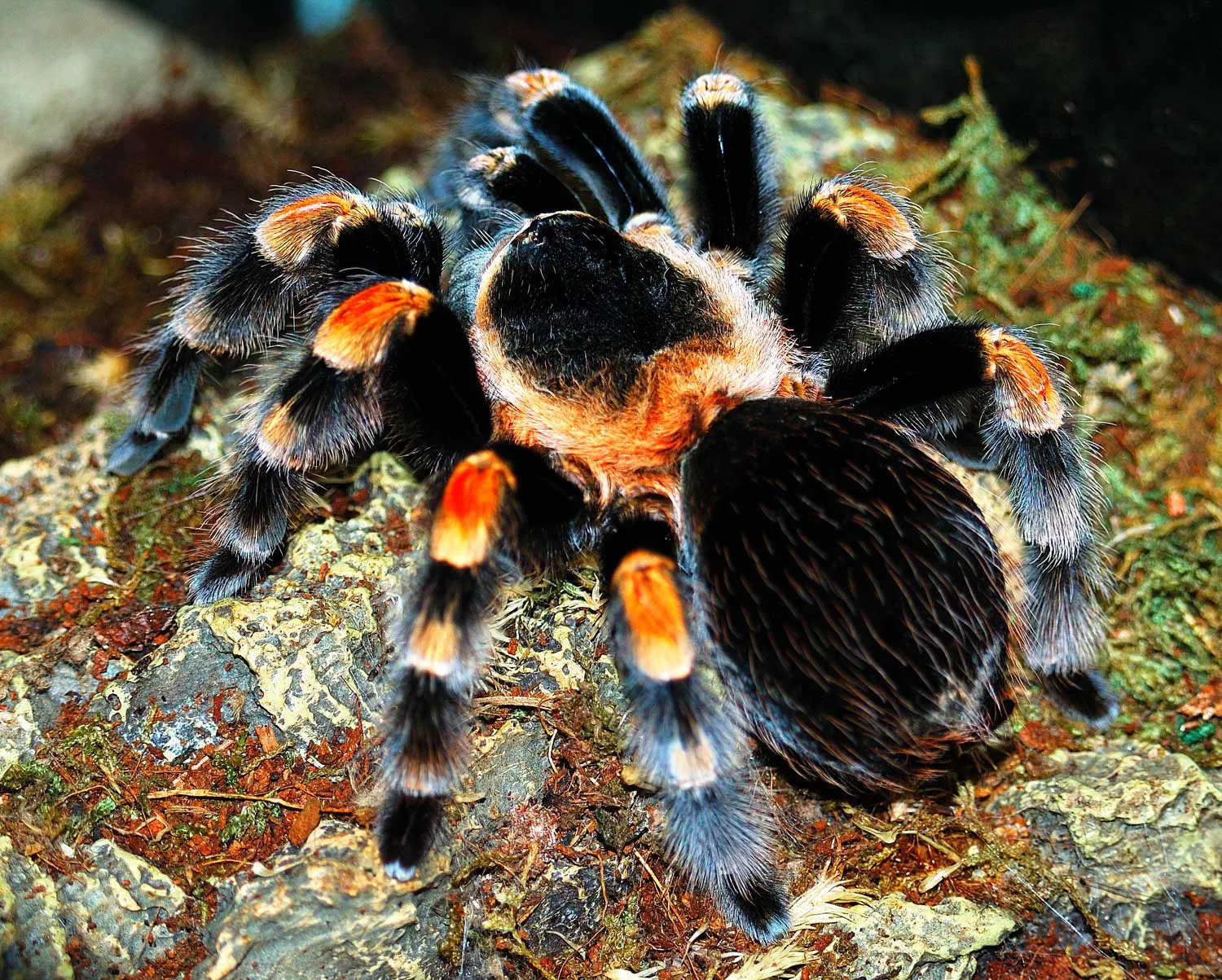
The substrate is the material that covers the bottom of the cage. It serves several purposes, including absorbing waste, maintaining humidity, and providing a surface for the tarantula to burrow. The right substrate is crucial for the tarantula’s health and well-being. The ideal substrate should be non-toxic, retain moisture, and allow the tarantula to burrow. Selecting the wrong substrate can lead to a variety of health problems, so careful consideration is important.
Suitable Substrate Types
Popular substrate options include coconut fiber (eco earth), peat moss, and a mixture of potting soil and sand. Coconut fiber is a common choice due to its excellent moisture-retention properties and its natural appearance. Peat moss is another good option, but it can be more acidic. A mixture of potting soil and sand provides a more naturalistic substrate, which is preferred by many keepers. Avoid substrates like cedar or pine shavings, which can be toxic to tarantulas. Consider using a substrate that allows for burrowing, especially for terrestrial species like the Mexican Red Knee. The choice of substrate is a personal preference, but always prioritize safety and functionality.
Depth of Substrate
The depth of the substrate should be sufficient to allow the tarantula to burrow comfortably. A good rule of thumb is to provide a substrate depth equal to at least the tarantula’s leg span. For juvenile tarantulas, this may be less, but for adults, a depth of 4-6 inches is recommended. This allows the tarantula to create a secure burrow where it can hide and feel safe. The depth of the substrate also helps to regulate humidity, so be sure to take this into consideration when setting up your cage. The deeper the substrate, the more stable the humidity and temperature will be.
Temperature and Humidity Control

Mexican Red Knee Tarantulas thrive in specific temperature and humidity ranges. Maintaining these conditions is vital for their health and longevity. Monitoring the temperature and humidity levels and making adjustments as needed is critical to your tarantula’s overall wellbeing. The ability to regulate temperature and humidity is also dependent on your location. What is required in a dry climate might be different in a humid climate, and adjustments must be made to account for this.
Ideal Temperature Range
The ideal temperature range for Mexican Red Knee Tarantulas is between 75-85°F (24-29°C). A slightly cooler temperature at night is acceptable. Use a thermometer to monitor the temperature inside the cage and a heater, if necessary, to maintain the correct range. Do not place the heater directly inside the enclosure, and always use a thermostat to prevent overheating. Avoid direct sunlight, as this can cause the enclosure to overheat. Place the enclosure away from direct sunlight or any other direct heat source.
Maintaining Humidity Levels
Humidity is another critical factor for the health of your tarantula. The ideal humidity level for Mexican Red Knee Tarantulas is typically between 60-70%. You can monitor humidity levels using a hygrometer. To maintain humidity, mist the substrate with dechlorinated water every few days, but avoid over-misting, which can lead to mold. The substrate should be damp but not soaking wet. The amount of ventilation also impacts the humidity levels, so adjust accordingly. Proper humidity is vital for successful molting. You may need to adjust your methods depending on the humidity level of your environment.
Providing Hiding Places and Enrichment
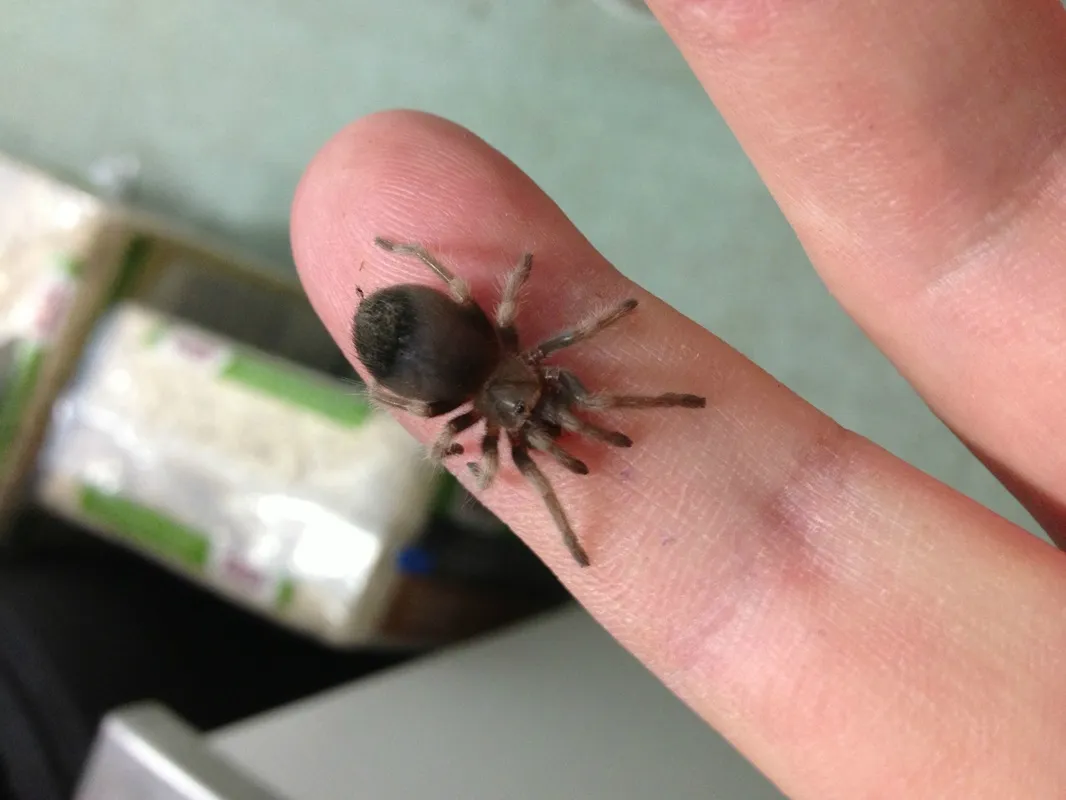
Mexican Red Knee Tarantulas are shy creatures that appreciate having places to hide and feel secure. Providing hiding places and enrichment is essential for reducing stress and promoting natural behaviors. A well-enriched environment contributes significantly to the tarantula’s overall well-being. A secure, enriched environment encourages the tarantula’s confidence and encourages its natural behaviors. Creating a stimulating environment reduces stress and encourages natural behaviors.
Essential Hiding Spots
Provide at least one hide, such as a piece of cork bark, a half-log, or a commercially available tarantula hide. The hide should be large enough for the tarantula to comfortably retreat inside, but not so large that it feels exposed. Multiple hides are even better, allowing the tarantula to choose its preferred location. Place the hide near a corner or against the side of the enclosure to give the tarantula a sense of security. The hide should be stable and not prone to tipping over. Consider adding additional decorations to provide further cover and enrichment for the tarantula.
Decorating the Cage
Beyond hides, you can decorate the cage with various items to enhance its appeal and provide enrichment. Artificial plants and silk plants can add visual interest. Use secure decorations that won’t topple over or pose a hazard to the tarantula. Avoid using sharp or small items that the tarantula might ingest. Consider adding a water dish and a few small rocks for added texture and interest. Ensure all decorations are cleaned regularly to prevent the buildup of mold and bacteria. The more you decorate, the more natural the environment will feel for your tarantula, allowing for better natural behaviors.
Feeding and Watering
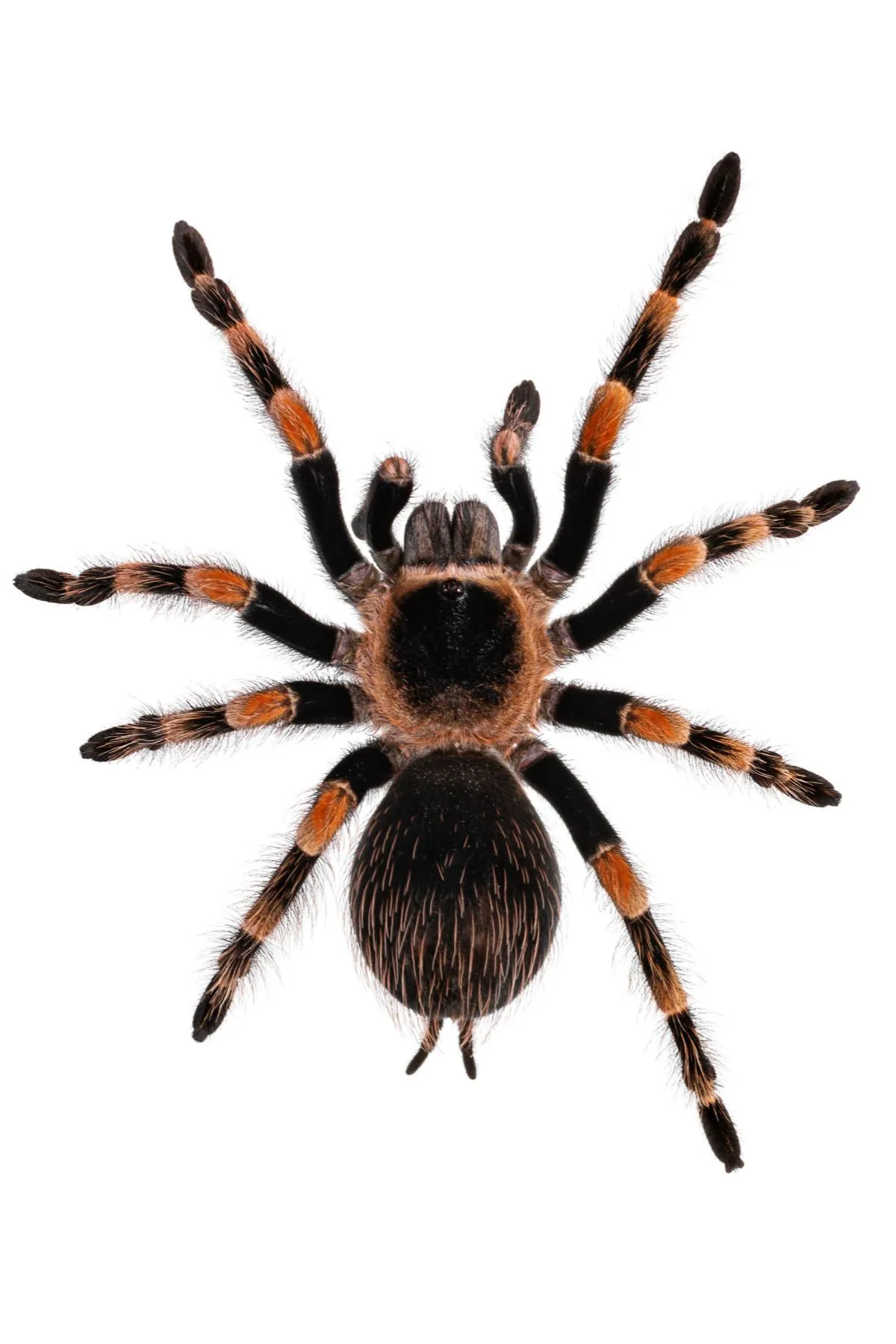
Proper feeding and watering practices are essential for keeping your Mexican Red Knee Tarantula healthy. Providing the right food and water ensures the tarantula gets the nutrients it needs and stays properly hydrated. The tarantula’s diet and water intake are crucial aspects of responsible tarantula care. A well-nourished and hydrated tarantula is more likely to thrive, so it’s crucial to understand the basics of feeding and watering.
Water Dish Requirements
Provide a shallow water dish that is always filled with fresh, dechlorinated water. The dish should be easily accessible to the tarantula and placed on the substrate. The size of the dish should be appropriate for the size of the tarantula, ensuring it can drink without risk of drowning. Change the water regularly to prevent the growth of bacteria. A small, stable dish is preferable to a large one, as it’s less likely to be accidentally tipped over. Consider using a water dish made of a non-toxic material, such as ceramic or plastic.
Food Placement and Frequency
Feed your tarantula appropriately sized insects, such as crickets, mealworms, or roaches. The size of the prey should be approximately the size of the tarantula’s abdomen. Feed juvenile tarantulas 2-3 times a week. Adults can be fed once a week or every other week, depending on their appetite and growth rate. Remove any uneaten prey within 24 hours to prevent stress and potential harm to the tarantula. Always ensure the insects are healthy and have been fed properly. Avoid feeding wild-caught insects, as they may carry parasites or diseases. Consider dusting the insects with a calcium and vitamin supplement to provide additional nutrients.
Cage Maintenance and Cleaning
Regular maintenance is crucial for a healthy and hygienic environment. This involves routine cleaning, substrate replacement, and overall monitoring of the tarantula’s health. Neglecting these tasks can lead to a buildup of waste and potential health problems. A clean cage ensures the tarantula is in a healthy and safe environment. Consistent maintenance contributes to the long-term health and wellbeing of your tarantula, and makes the task of maintaining your tarantula much easier.
Regular Cleaning Schedule
Spot-clean the cage regularly, removing any uneaten food, feces, or dead insects. A general rule of thumb is to spot-clean at least once a week. In addition to spot-cleaning, perform a more thorough cleaning of the enclosure every few months, depending on the size of the enclosure and the frequency of spot-cleaning. This involves removing all the substrate, cleaning the enclosure with a mild soap solution, and replacing the substrate with fresh material. Always rinse the enclosure thoroughly to remove any soap residue. Ensure the enclosure is completely dry before adding fresh substrate and reintroducing your tarantula.
Substrate Replacement
The frequency of substrate replacement depends on the type of substrate and the size of the enclosure. As a general guideline, replace the substrate every 6-12 months. However, if you notice excessive buildup of waste or mold growth, replace the substrate sooner. When replacing the substrate, be sure to remove all old substrate and clean the enclosure thoroughly. Dispose of the old substrate properly. New substrate should be replaced with the appropriate depth for your tarantula. Consider changing substrate more often for smaller enclosures or when the tarantula has been eating more.
Monitoring the Tarantula’s Health
Regularly observe your Mexican Red Knee Tarantula for any signs of illness or distress. Look for changes in behavior, such as lethargy, loss of appetite, or excessive hiding. Inspect the tarantula for any physical abnormalities, such as unusual swellings, injuries, or parasites. Pay close attention to the tarantula’s molting process, as this can be a vulnerable time. If you notice any signs of illness, consult with an experienced tarantula keeper or a veterinarian specializing in exotic animals. Early detection and intervention can significantly improve the outcome.
Caring for a Mexican Red Knee Tarantula involves more than just providing a cage; it requires knowledge, patience, and dedication. By following this guide, you can provide a safe, comfortable, and stimulating environment for your tarantula, allowing it to thrive for many years to come. Remember that each tarantula is unique, and individual needs may vary. Continuous learning and observation are key to providing the best care. Enjoy the rewarding experience of owning and caring for one of these fascinating creatures. The more you learn about your tarantula, the better you can ensure its overall wellbeing.
